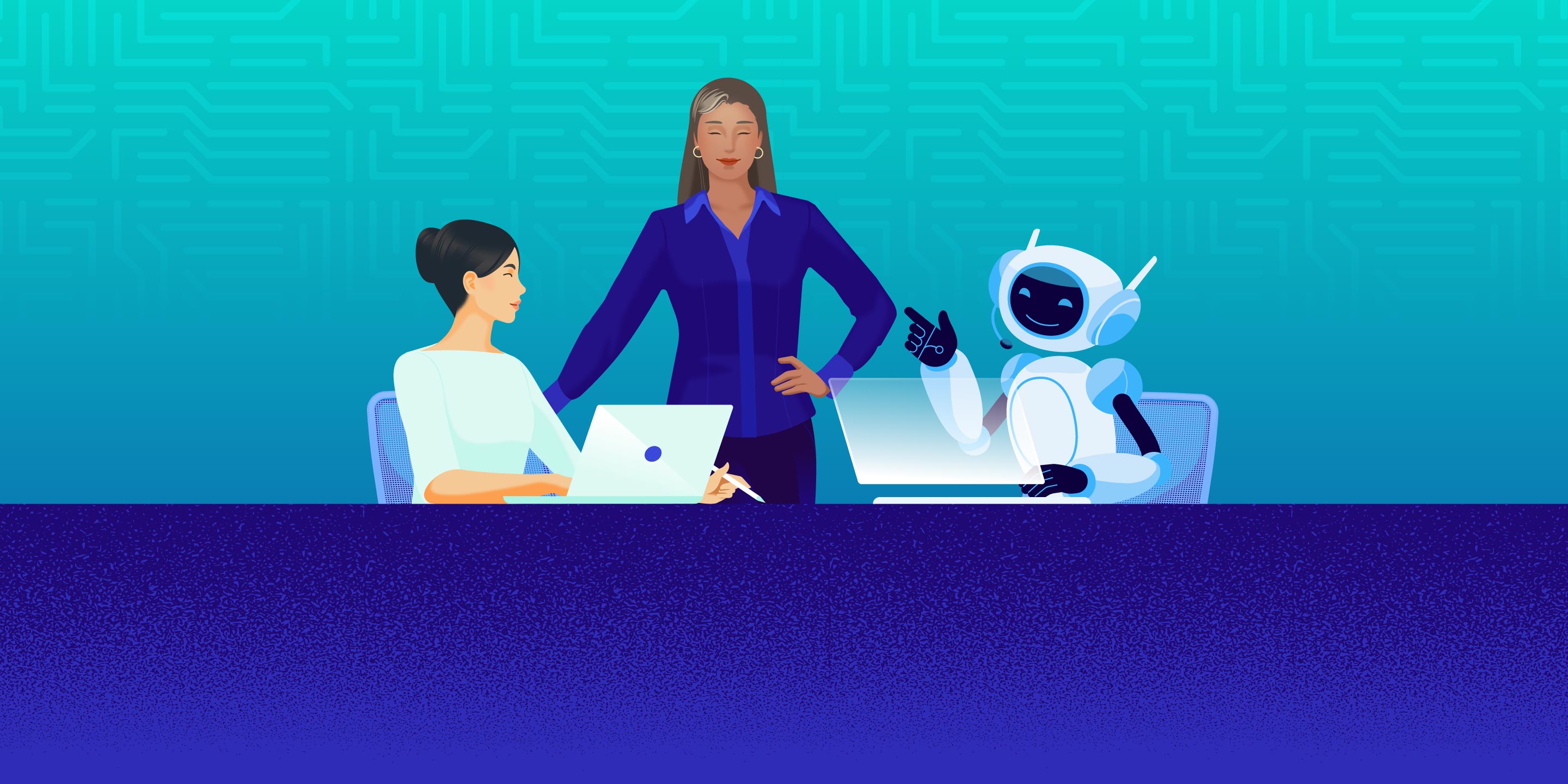
AI Agents Give Everyone the Power To Act Like a Leader
For decades, getting anything done at work was bottlenecked by hierarchy. Need a software license? Wait for a manager. Need a report? Get in line with Finance. A campaign? File a ticket with Marketing. Your ability to act was limited by what you knew, what you could do, and the hours in the day. Now, with AI agents, your ability to act is no longer limited by your skill set or available time, but only your imagination.
This is at the heart of the agentic enterprise. In this new world, people and machines are coming together in what LinkedIn founder Reid Hoffman calls a state of superagency where, for the first time, the ability to create real impact isn’t limited to a manager or a specialized team. It’s available to everyone, at every level.
In the agentic enterprise, the barrier to entry for complex skills and tasks is lowered, allowing everyone to become proficient in areas beyond their given role. The result is a profound shift in how we solve problems, innovate, and grow. Now, a junior employee can act like a more experienced colleague, and a small company can operate like a much larger one.
Consider HappyRobot, a small company using AI voice agents to automate its customers’ supply chains. Writing in Time, Salesforce CEO Marc Benioff said HappyRobot is “already operating with the reach once reserved for much larger organizations” by using agents to automate workflows, centralize information, and cut coordination time. “The agentic enterprise is opening doors to fresh career paths, new forms of leadership, and opportunities we couldn’t imagine a decade ago,” he added.


What’s your agentic AI strategy?
Our playbook is your free guide to becoming an agentic enterprise. Learn about use cases, deployment, and AI skills, and download interactive worksheets for your team.

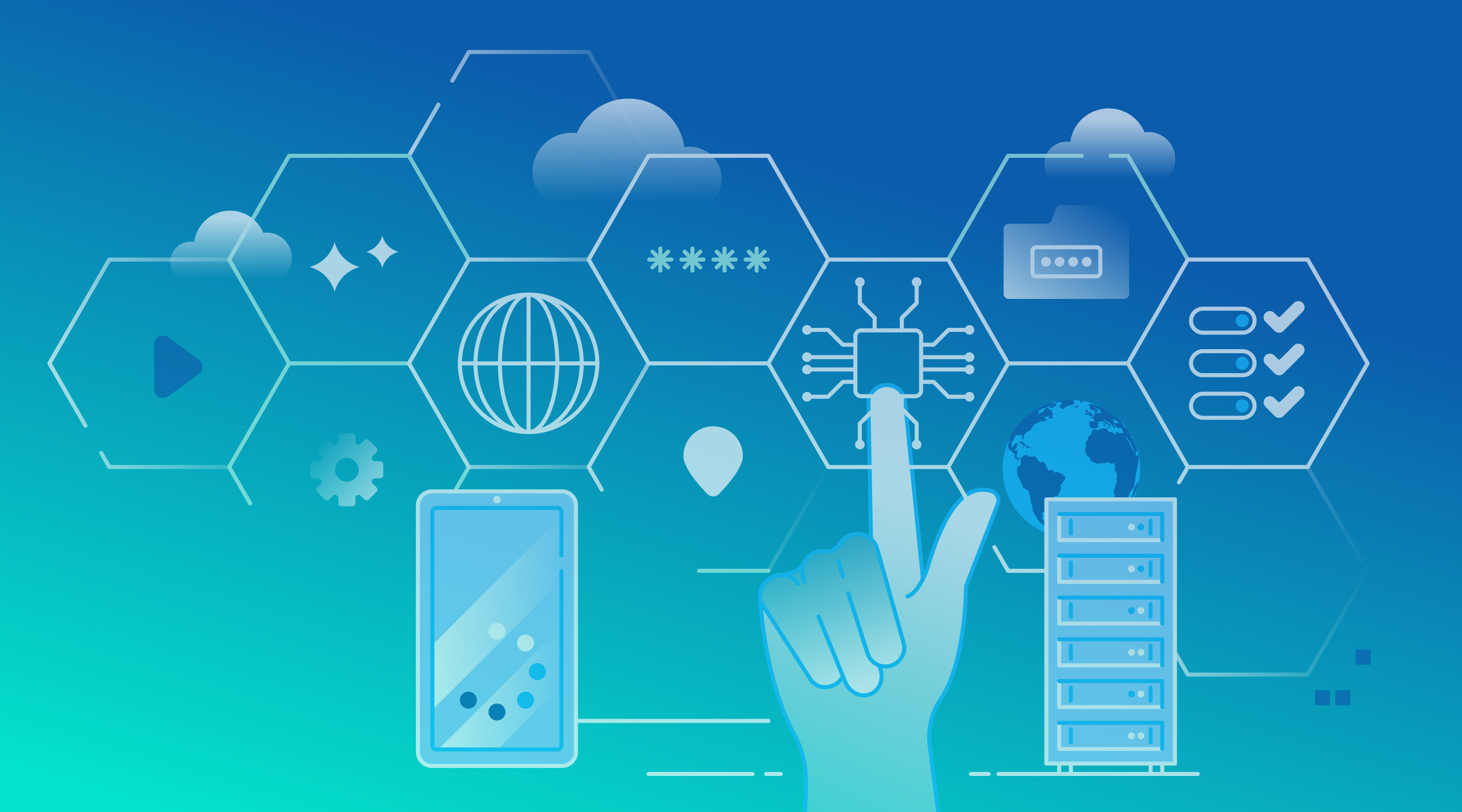
The agentic enterprise, and the revolutions that came before
HappyRobot isn’t the only example. This revolutionary shift echoes others from recent history.
One is cloud computing, which broadened access to technology infrastructure and dramatically lowered the cost of building and scaling a business. Another is mobile computing, which untethered information and communication from the desktop. In both cases, even well-established companies that failed to fully grasp these changes were either outmaneuvered or left in the dust.
The same choice now stands before every enterprise. Adapt and unlock a new level of productivity for every worker, or risk being left behind by a new breed of competitors who can move and innovate at a speed you simply cannot match.
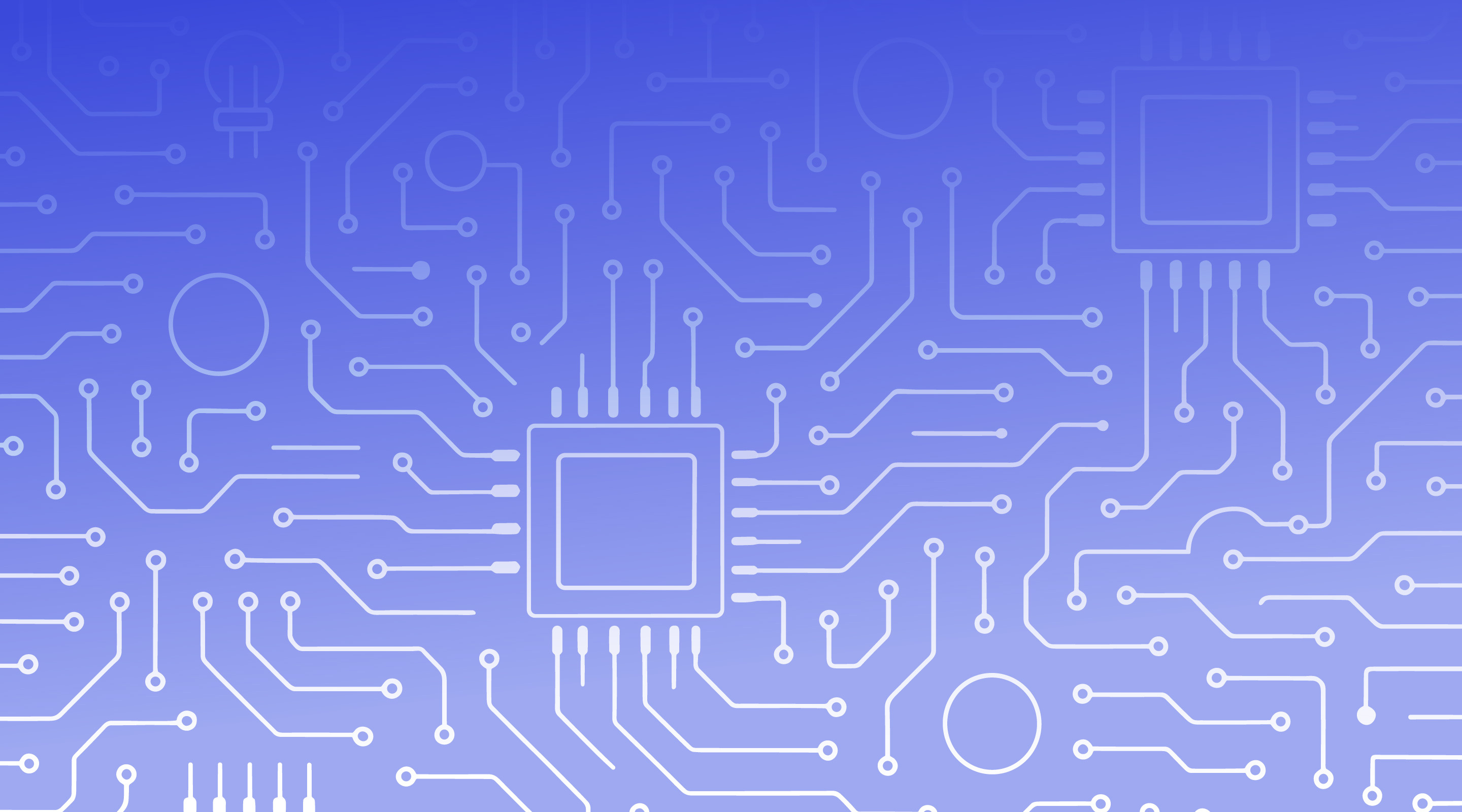
AI’s simplicity is the key
For decades, business technology came with a learning curve. You often had to learn a new set of skills, like write formulas in a spreadsheet or navigate a design program. But AI is different. Its lightning-fast adoption is fueled by a simple fact: Its interface is one everyone already knows.
“If you know how to chat, you can chat with the machine. You don’t have to have preliminary knowledge,” said Stephane Moulec, chief technology officer of the nonprofit Good360. With AI, he said, “we’re finally delivering technology that anyone can use, and it’s probably the most complex technology that’s ever existed, and yet, it’s the simplest to use.”
Indeed, Wharton School professor Ethan Mollick wrote in his newsletter that we’re entering an era of “mass intelligence” where “powerful AI is as accessible as a Google search.”
Just think about the biggest changes in history, from the printing press to the internet. They all happened because a scarce resource — information — suddenly became available to everyone. AI is doing the same for intelligence.
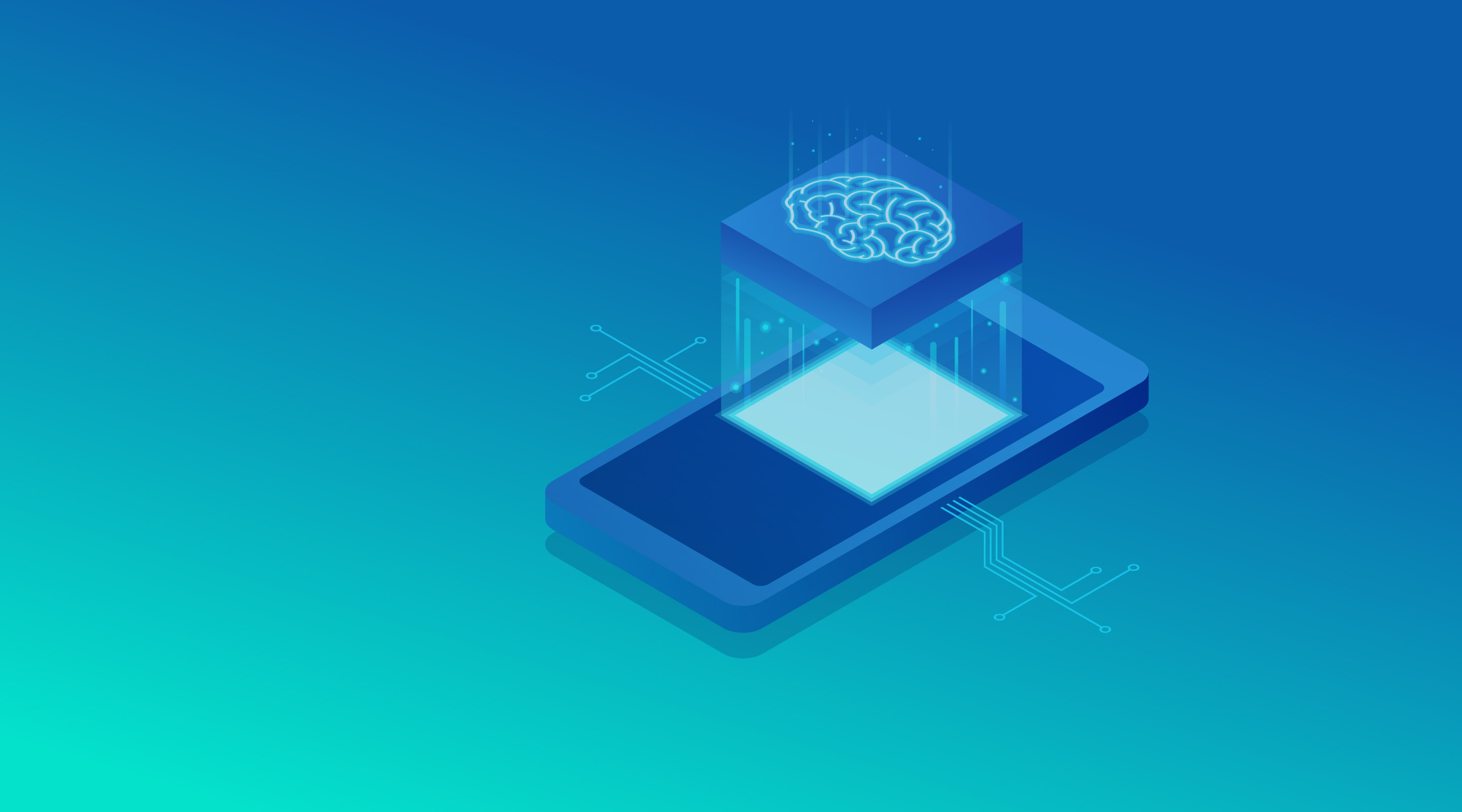
What this changes
AI is distinct from earlier tech revolutions because it offers more than information access. It summarizes, reasons, analyzes, makes decisions, and carries out tasks.
All this gives everyone a chance to level up. As McKinsey notes, “AI can lower skill barriers, helping more people acquire proficiency in more fields, in any language and at any time.”
For example, a marketing manager who wants to win back at-risk customers might need to wait for a report from sales or service. But AI agents break down those walls, giving an employee the power to autonomously access data (with permissions) and execute tasks that were once out of their purview. The result is a world where a marketer can act like a sales analyst and a designer can act like a copywriter.
This wider access to intelligence — and the freedom to use it — is how an organization transforms from a bunch of siloed teams into a supercharged, competitive force.
Peter Schwartz, senior vice president of strategy at Salesforce, explained that every organization has a bell curve of performance, with superstars at one end, the bottom 5% at the other, and about 40% in the middle who are performing just “okay.”
“Now you can make them much more than okay,” he said. “You probably can’t fix the real nonperformers, but you can radically improve the performance of all those mid-level people. Capability has become democratized, and the ability of AI to lift the capabilities of that lower half is huge.”
Here are some of the key ways that the democratization of capability and action will affect organizations.
1. Decisions move closer to the customer
Frontline employees, who tend to know customers best, won’t have to wait for a manager to green-light an action. With AI agents embedded in their workflows (and if permissions allow) they can resolve issues and serve customers better, right away.
Imagine a customer success manager (CSM) helping a customer who’s struggling to turn on a new tech feature. In the past, the CSM might have to pull usage reports, talk to a product manager, and get sign-off to offer a free training session.
Now, they can simply ask an AI agent, “How can we solve the customer’s adoption issue?” The agent, which has access to the usage data and support tickets, can identify the problem, generate a personalized training guide, and maybe even get instant approval for a free trial of the feature. Not only is the CSM empowered, the issue is resolved on the spot, strengthening the client relationship.
2. The organization gets flatter with AI
Today, middle managers spend a lot of time directing traffic, making sure work is done on time and aligned with company objectives. They direct tasks, check progress, and provide the approvals that keep a project moving. This day-to-day management style can easily create bottlenecks that hamstring speed and innovation.
In an agentic enterprise, this work is delegated to AI agents, freeing managers to spend more time on strategic coaching. A manager’s value is no longer measured by how many approvals they give, but by how well they can set and execute a vision, and mentor their team to achieve a high-level outcome.
This has already led to a flattening of the traditional organizational structure, with fewer layers between the C-suite and everyone else.
And this changes how authority works. With agents handling execution, authority shifts from the person with the title to the person or team responsible for the desired outcome. Managers no longer have to be in the loop for every decision. They can instead focus on ensuring agents and employees are aligned with the company’s goals, which makes the entire company more agile and outcome-oriented.
3. Governance is no longer a roadblock
Compliance and risk management move from manual checkpoints to machine-driven and -enforced rules that are baked into AI agent logic. Governance goes from slowing down work to shaping it in real time.
For example, in a financial institution, a compliance officer might be a manual checkpoint for international wire transfers. A human must review the amount, the sender, and the destination to ensure compliance with anti-money-laundering regulations. It can be a tedious process.
In an agentic enterprise, the entire process is automated. An AI agent that’s embedded with regulatory rules processes the wire transfer, instantly verifies the sender’s identity, cross-references it against sanctioned lists, and flags any unusual activity. If the transaction is fully compliant, it proceeds. If not, the agent alerts a human, explaining which rule might have been violated.
The result? Governance evolves from a reactive to a proactive function. Instead of catching mistakes after they’ve happened, an agentic enterprise prevents them from ever happening.
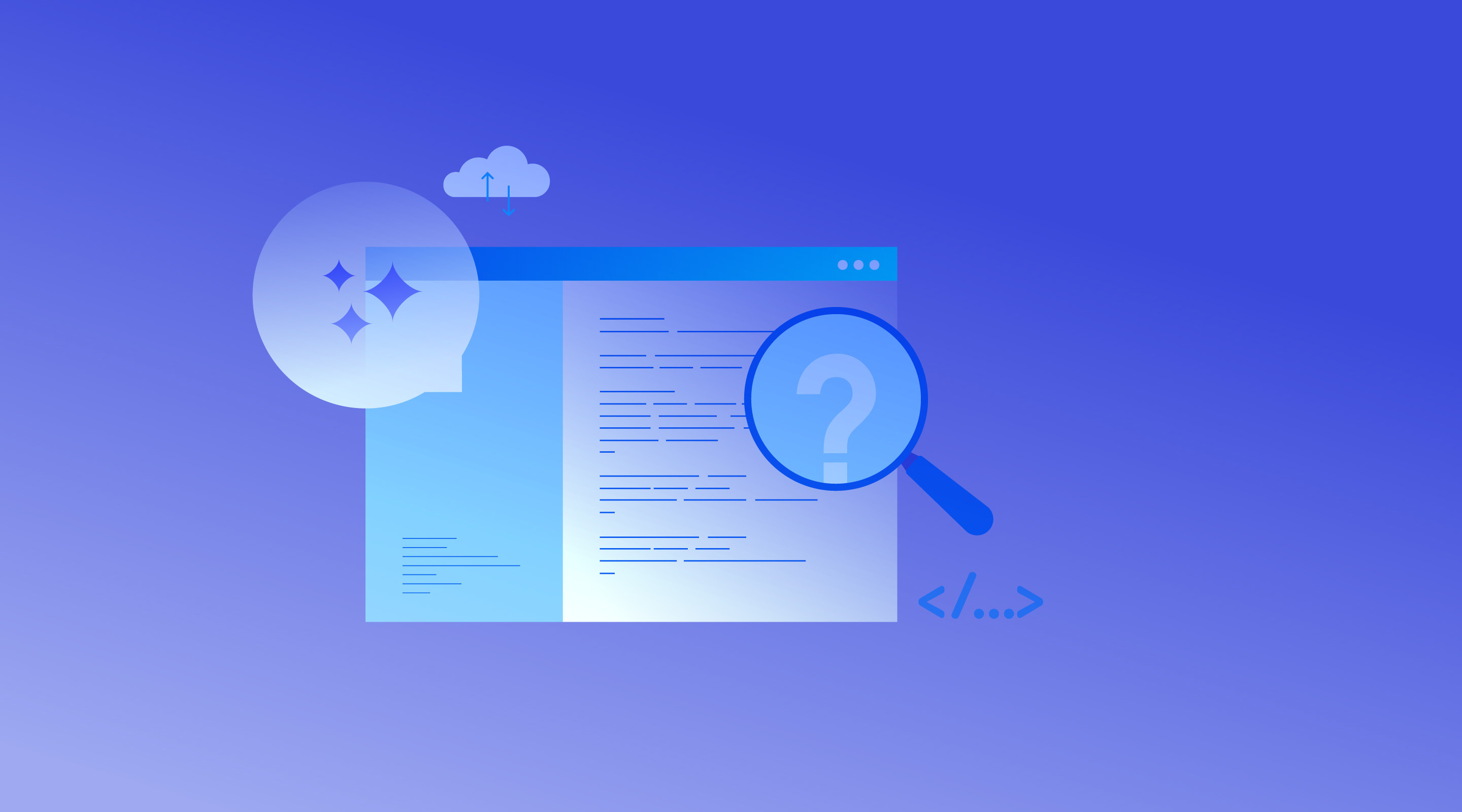
Is there a downside to everyone having all this knowledge?
The simplicity of using AI tools and the democratization of action is not without risk. In the past, a lack of access to tools and data served as a natural check. A marketer couldn’t just obtain an HR report, for instance, because they didn’t have the right tools or permissions — and that kept them from accessing confidential information or potentially making a costly error. Now, with AI agents that can operate across departments, a marketer could ask an agent to analyze a sale or resolve a customer service issue. The AI might produce a seemingly perfect response, but how would the marketer know it was accurate? The very technology that empowers an employee to act beyond their purview can create a new blind spot.
“It’s great that everybody has access to the same tools and everybody can be as good as the next person. But the trouble is you have to be sure of what you are doing,” said Shantha Mohan, adjunct professor at Carnegie Mellon University. “If you’re a product manager and you ask AI a question out of your domain, you won’t have a way to evaluate it. If you don’t know what you don’t know, you can’t deal with it.”
One way Schwartz deals with it, he said, is to triple-check AI outputs by asking different LLMs the same question and comparing the results. But even that is not foolproof. “I’ve had it happen that I’ve gotten what I suspect are wrong results,” he said, adding when it’s a business-critical decision, you have to always check outputs against trusted data.
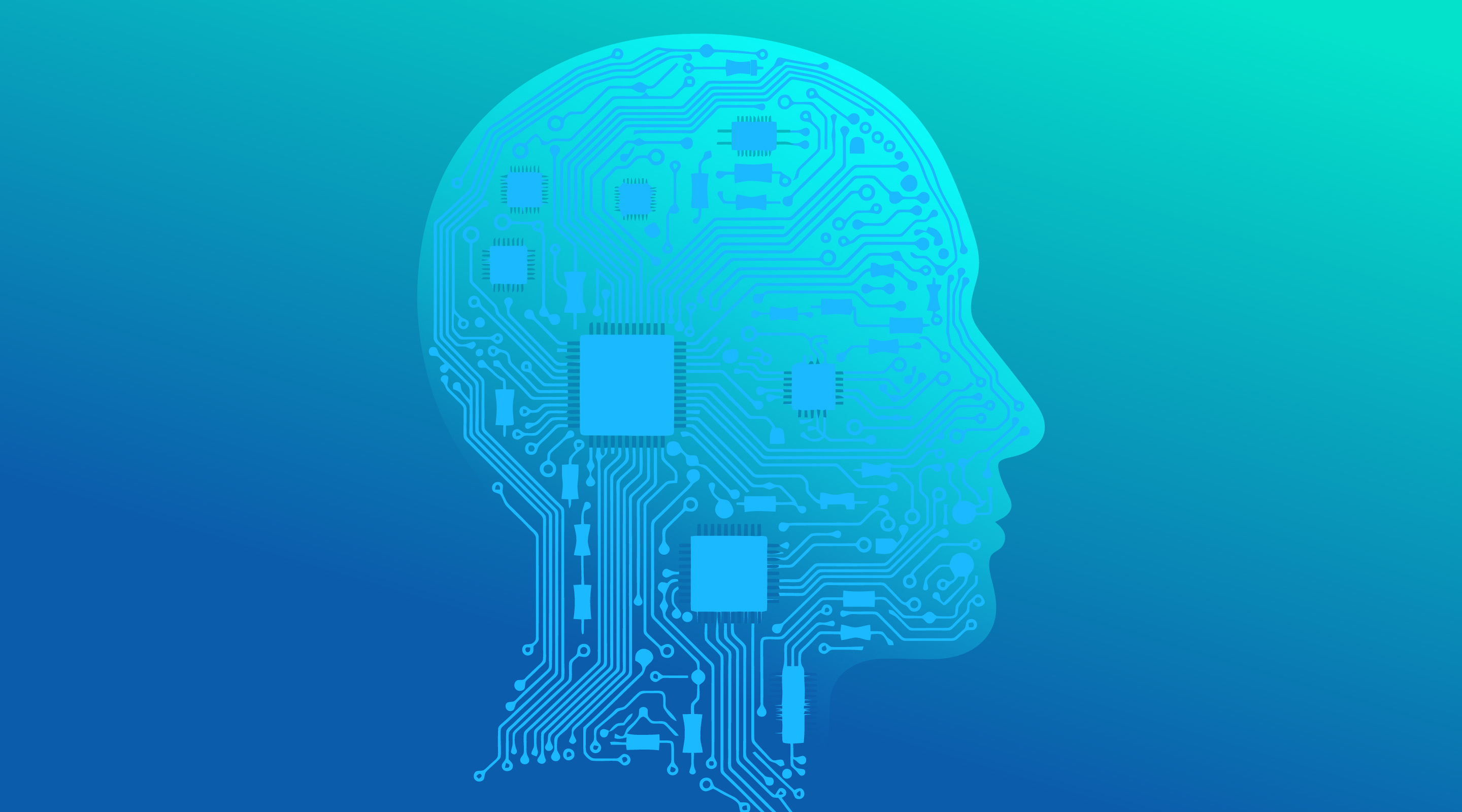
The agentic enterprise is about a new kind of human potential
The risks are far outweighed by the opportunity. The ultimate promise of the agentic enterprise is about a new kind of human potential.
As Schwartz explained, every worker is about to have the equivalent of a personal assistant that “takes the friction out of life and work.” The result is a world where individuals can be empowered to do much more than they otherwise would, not just in a specific task, but in their ability to drive real outcomes.
What it democratizes most is capability — the ability to turn an idea into an outcome without waiting on specialists. An AI agent can access and synthesize information from across the organization to answer a question or tackle a problem.
“I’m really good at understanding what a CEO needs and what customers need,” said Schwartz. “I’m 79 years old and I’ve been doing this for 50 years. I’ve heard it all. But somebody who’s only been at it a couple of years can get to almost a similar level of capability because they can have me in a box.
“They’re empowered like a CEO,” he said. “That’s a really big deal.”
Images by Aleona Pollauf/Salesforce.


See you at Dreamforce?
Join us Oct. 14-16 in San Francisco for Dreamforce and learn how your company can become an agentic enterprise, too. You can also follow along and watch sessions on Salesforce+.






















